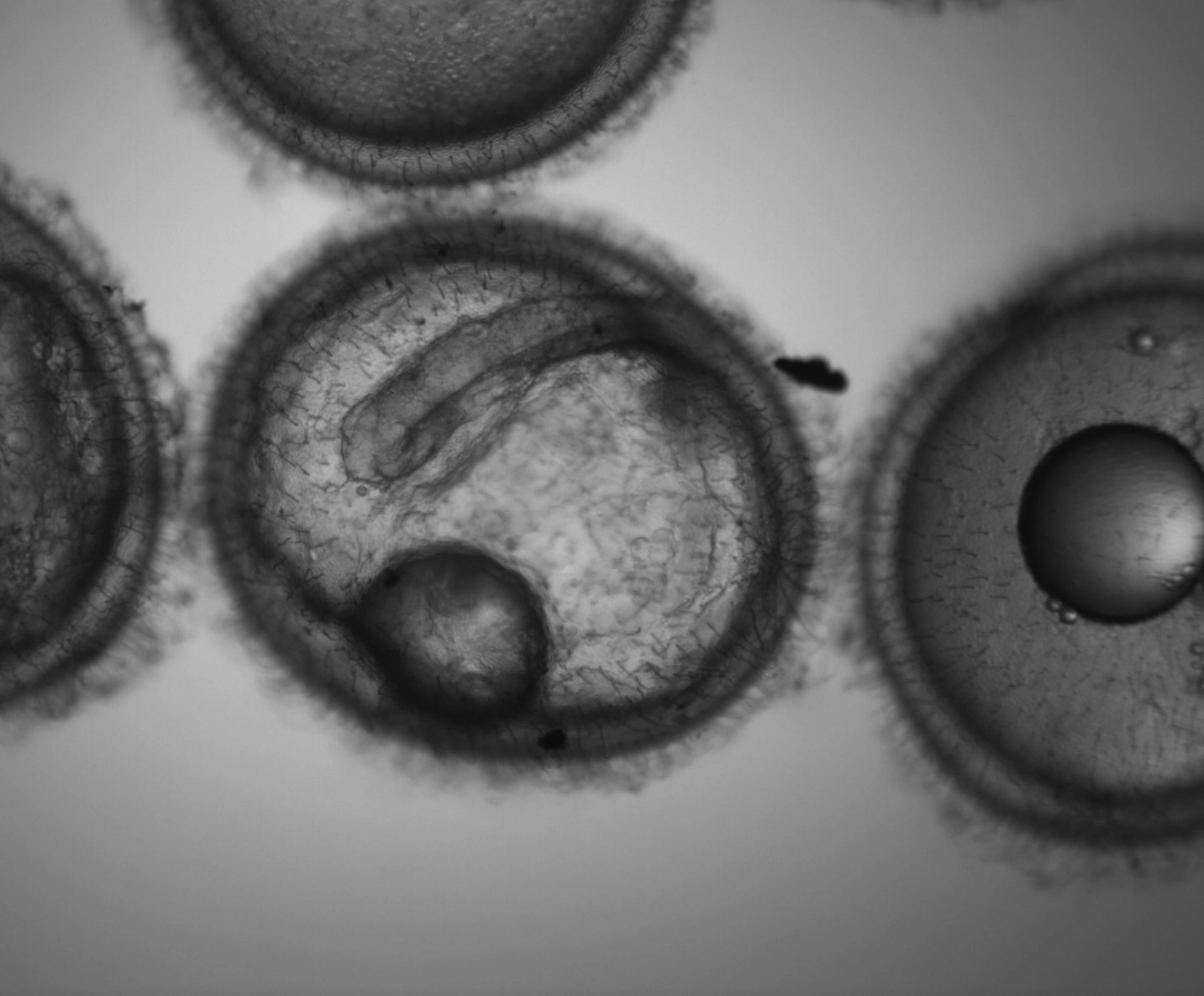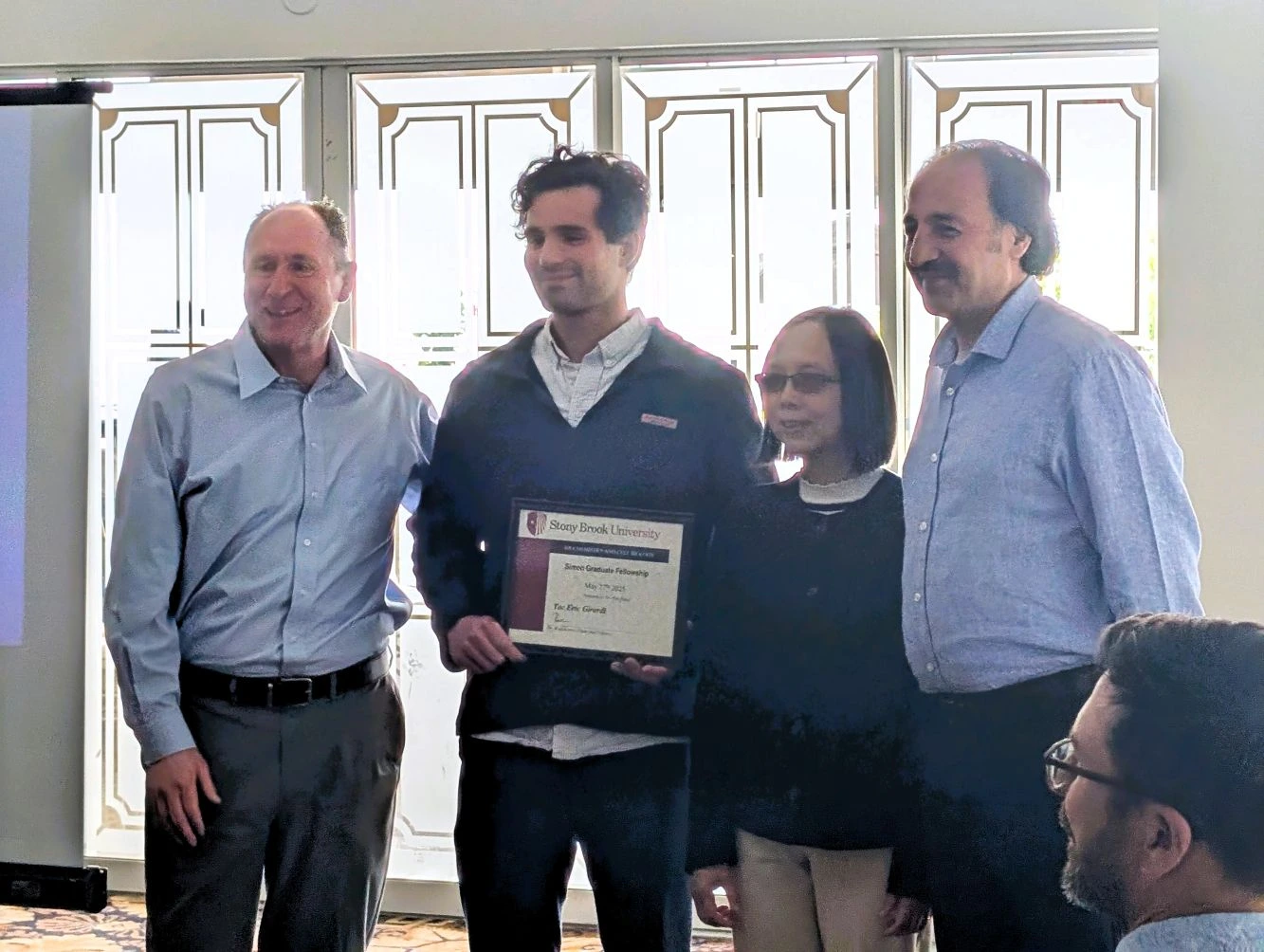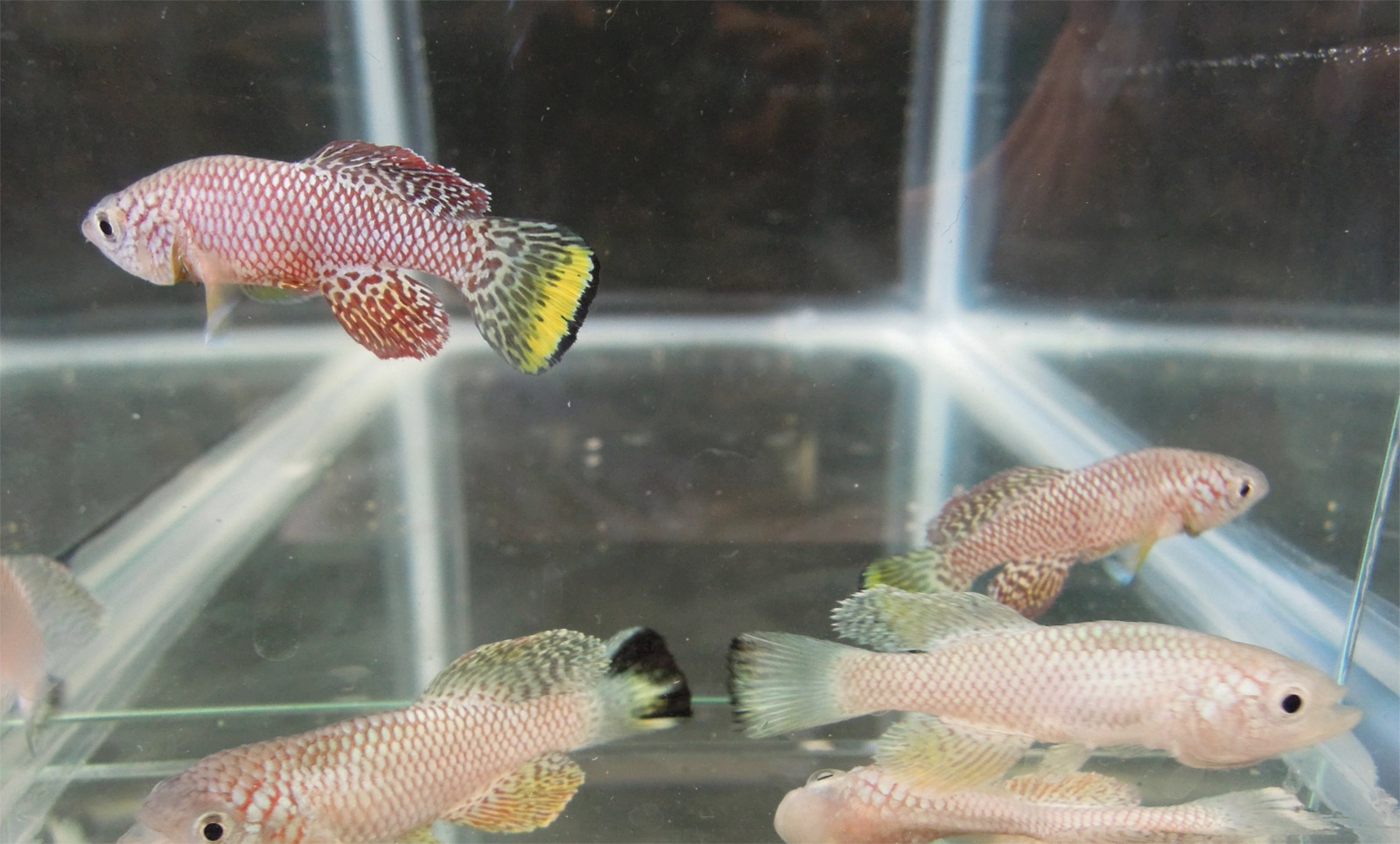
Explore the Wonder of Dormancy
We aspire to know how to turn back, pause, and fast forward the clock of life, by studying the peculiarly cool African killifish and its dormant state – Diapause
Explore with UsOur Research
Our goal is to establish an integrated molecular understanding of dormancy across cells, tissues, and the whole organism. Our research comprises two key components - Diapause as the research subject & the African killifish (Nothobranchius furzeri ) as the research organism. Together, they provide a compelling angle to study dormancy and how it can suspend & protect organisms in vertebrates.
![]()
African killifish and diapause embryo
Life runs like a clock. From showing our first heartbeat, birth, puberty, getting old, and the eventual demise, we reach every milestone in order and on time. While this clock of life apparently can only progress forward and never stop, many organisms in the wild have evolved various forms of dormancy, putting their life on hold to survive through unfavorable conditions. Among different dormancy, diapause is especially intriguing, as it has a unique ability to suspend embryonic development for an extended period of time without compromising subsequent development and adulthood physiology. Diapause is thus also considered a rare non-aging state potentially coupled with the ability of rejuvenation.
Diapause is widespread in both invertebrates and over vertebrates, including mammals, lasts incredibly long, and provides extreme tolerance to stresses. However, the high complexity of the vertebrate system and the low accessibility of mammalian embryos have heavily limited our knowledge of how diapause functions in vertebrates. We overcome these obstacles by developing the naturally short-lived African killifish as a research system of vertebrate diapause. The high number of transparent embryos outside of the female body makes the diapause embryos easy to observe, obtain, and manipulate for a broad range of experiments. The embryos can stay in diapause for up to years, which is several times longer than the African killifish’s months-long lifespan. The natural characteristics of long diapause coupled with a short lifespan in the African killifish present a uniquely suited platform to feasibly experiment the functional implication of diapause in vertebrates.
Our research can be summarized into the following directions:
The Signaling to Regulate Diapause
To deepen our knowledge of vertebrate diapause, we study the underlying signaling pathways and molecular mechanisms and compare different cells, tissues, organisms during diapause, and other dormancy forms.
Movie: The African killifish embryos can enter diapause at the end of somitogenesis to suspend the development (top embryo) or escape diapause (bottom embryo) to continue the development.
The Mechanism to Suspend Development
To understand how diapause suspends development, we dissect the communications between diapause and developmental principles of cell proliferation, morphogenesis, and differentiation.
Image: The African killifish embryos enter diapause with already developed organs and tissues composed of cells at various differentiated states. Immunostaining - magenta: SOX2 (Neural stem cells / Neural progenitor cells); blue: GFAP (Neural stem cells / Radial glia), green: Acetylated tubulin (Differentiated neurons).
The Ability to Preserve Life
To understand how diapause preserves life, we characterize the interplay between diapause and aging at both physiological and molecular levels. We also work to elucidating the potential rejuvenation coupled with diapause.
Image: The African killifish lives an extremely short lifespan and ages from young (top fish) to old (bottom fish) in a few months. This fast aging process makes it possible to study and follow the whole aging process with a feasible timeline.
The Educational Platform for Undergrad Research - Color Pattern Formation in Vertebrates
To strengthen the African killifish as a research organism and an educational platform, we establish an undergrad-orientated research direction in studying its color pattern formation. We take advantage of its rich visual phenotypical readouts which we believe it critical to help junior researchers connect the genetic manipulations to the phenotypical impact. And we integrate these initiatives with educational training for undergraduate/graduate students and outreach.
Image: Like the fingerprints on our fingers, no two African killifish share the same color patterns on their fins. These similar but different color patterns are believed to be guided by the same fundamental principles of pattern formation in all vertebrates in nature.
Our Publications & Resources
Our News & Fun
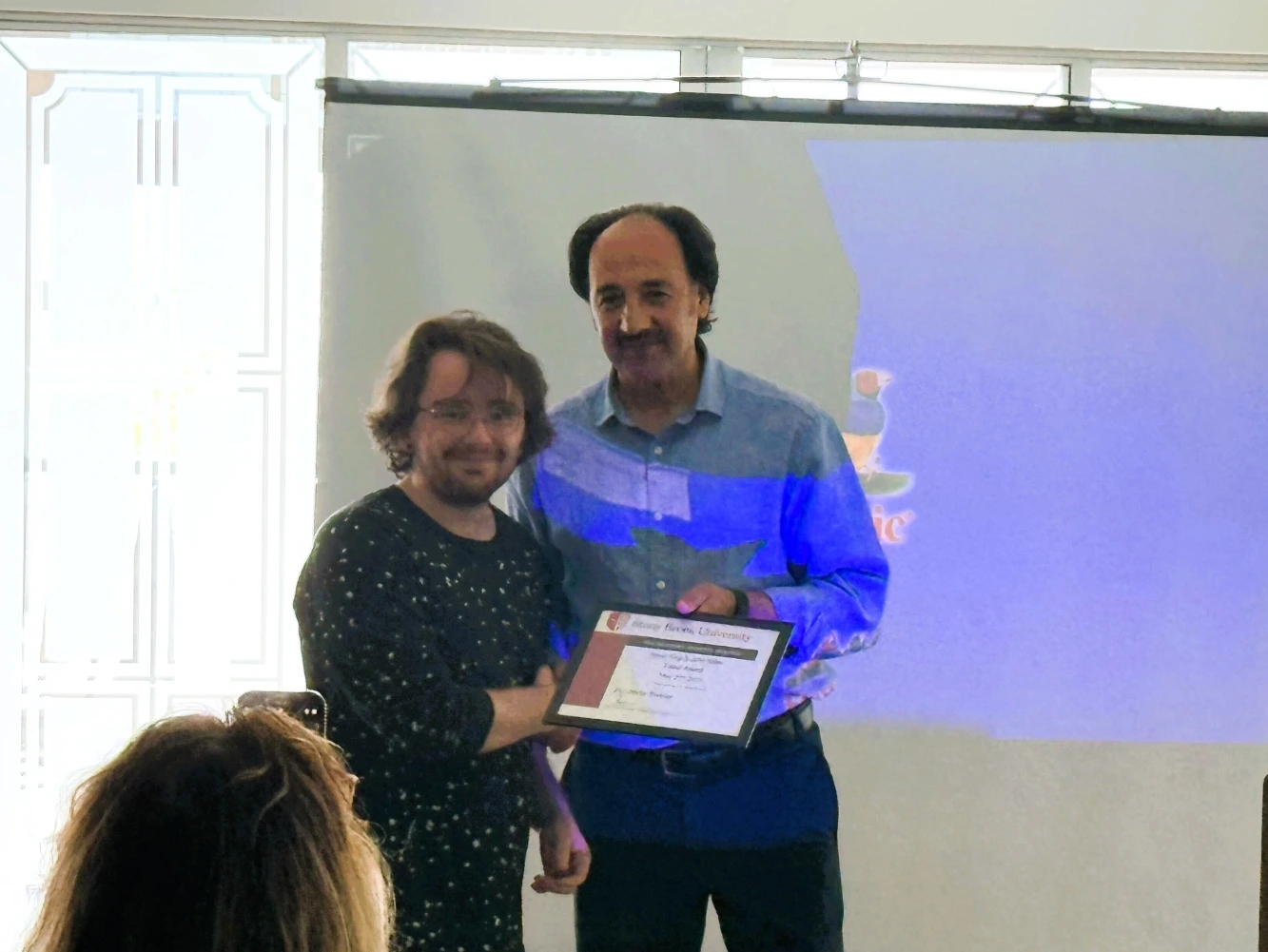
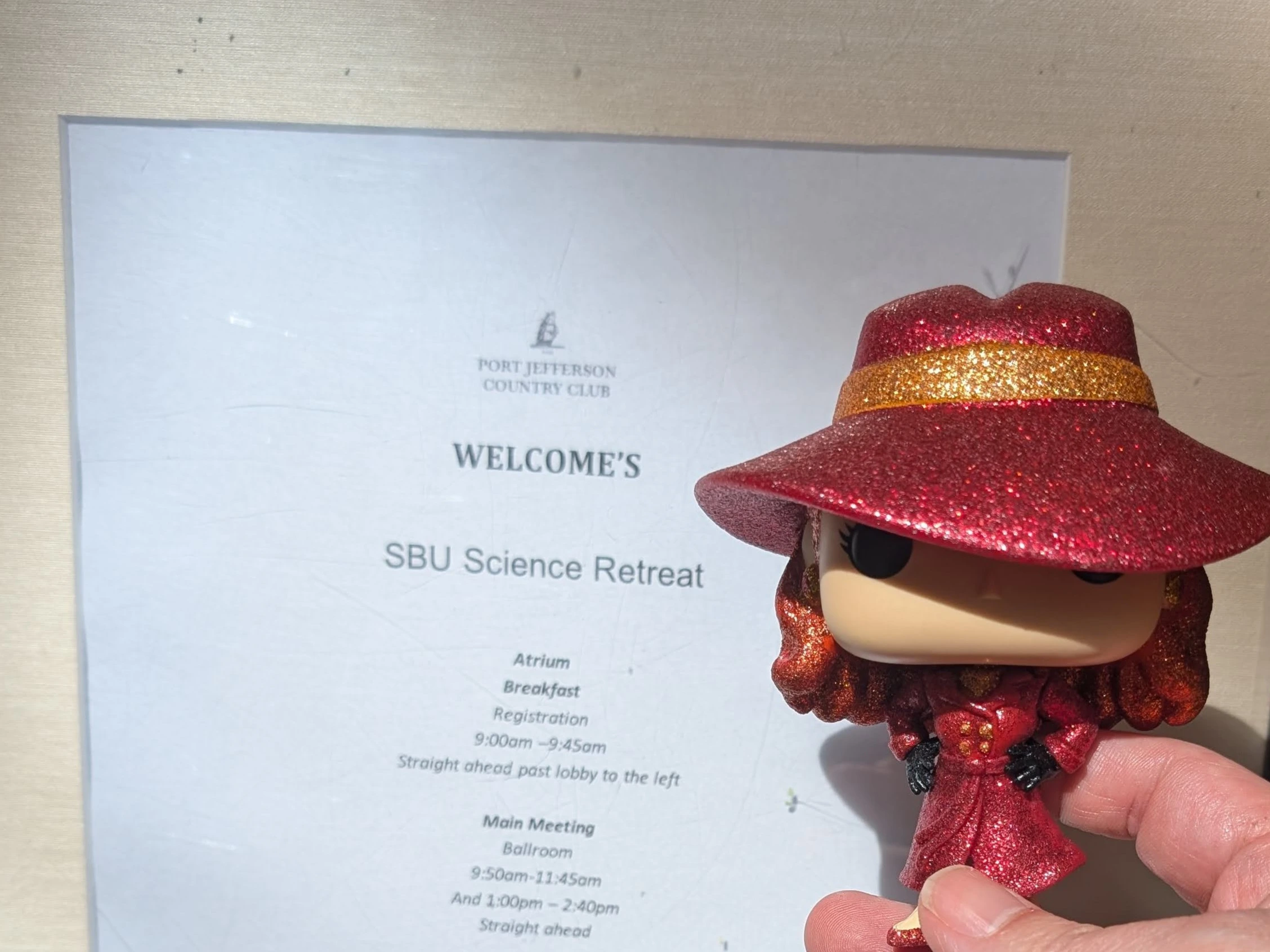
Join Us
You might be THE MISSING PIECE! We are always looking for creative & curious mind to complete our dream team.
We love people with different backgrounds working together to study dormant biology, an emerging field with many promising research directions remained unexplored.
We encourage people to develop projects based on their interests & strength, and eventually establish a unique research identity in the field.
We welcome people at various career stages, including undergraduate & graduate students, as well as professionals.
















